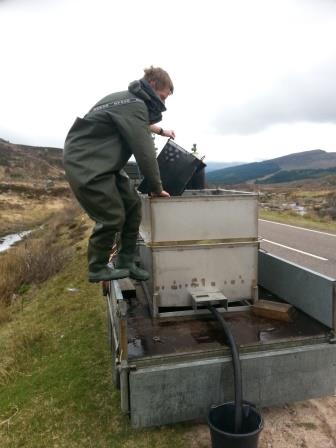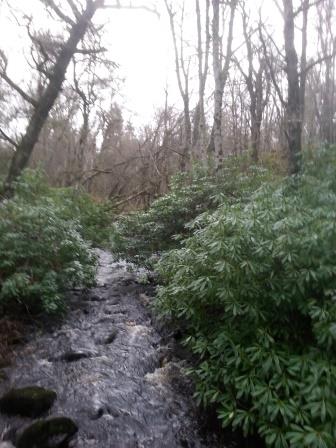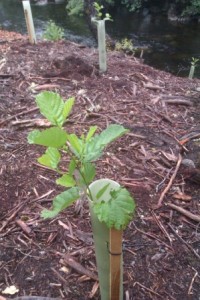Fry Planting
This year’s fry planting on the Conon is well underway. Large areas of the Conon catchment are dependent on a mitigation stocking programme which has been running for more than 50 years. This programme has proved successful and sustainable over this time period. This is because of the large scale of broodstock collection and the distribution of juvenile salmon at the earliest possible life history stages into excellent habitat which salmon are unable to stock naturally. Just under 2 million eggs and fry will be stocked this year. Around a third were stocked as eyed eggs in February and the remainder are transported as fry and spread thinly into optimum habitat.
Transport tank carries fry from the hatchery
Fry are transferred to a bucket
Then carefully spread into shallow habitat with plenty of cover
















